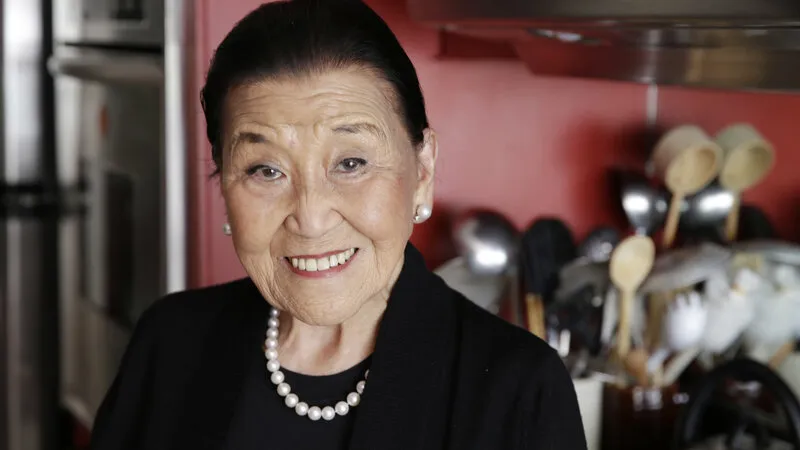Khartoum: From Vibrant Capital to Occupied City
Khartoum, once a symbol of vibrant culture and rich history in Sudan, has seen its life force drained amidst two years of ongoing conflict and occupation. The United Nations has now made it clear that their presence in the city will not return until at least 2026, a timeline that raises alarms about the future of this critical region.
The Vibrancy of Khartoum
Historically, Khartoum has been a melting pot where African and Arab cultures converge. Known for its stunning architecture, including the confluence of the Blue and White Nile Rivers, the city was a hub of commerce, education, and cultural expression. Markets overflowed with life; artists, musicians, and intellectuals contributed to a diverse, dynamic atmosphere.
The Onset of Conflict
However, in recent years, the situation has drastically changed. Protests sparked by political unrest in late 2019 led to the ousting of long-time dictator Omar al-Bashir. Initially perceived as a hopeful turning point for Sudan, the transition to democracy quickly faltered, leading to a power struggle that erupted into armed conflict between rival military factions.
As violence intensified, sections of Khartoum became battlegrounds, and the once-bustling streets were filled with the sounds of gunfire and chaos. Residents fled in large numbers, leaving behind homes, businesses, and a once-thriving community.
Humanitarian Crisis Unfolds
According to various reports, millions of residents have been displaced or adversely affected by the conflict. Access to essentials, such as food and clean water, has dwindled as humanitarian aid efforts faced severe restrictions. Those who remained in Khartoum experienced extreme hardships, living in constant fear and uncertainty.
UN agencies have reported alarming rates of malnutrition and disease among the population, especially among children and vulnerable groups. The lack of a stable healthcare system due to years of neglect and ongoing violence has made recovery even more difficult.
International Response
The international community has attempted to respond to the emerging crisis in Sudan. However, with the UN’s announcement that they would not return to Khartoum until at least 2026, many view this as a grim acknowledgment of the escalating situation. Ayin Network, an organization focused on Sudanese affairs, reported that the UN’s absence raises serious questions about the future governance and reconstruction of the city.
Human rights organizations have continuously called for a cessation of hostilities and a return to dialogue, yet the prospects for peace remain elusive. The international community’s response has primarily been sanctions and condemnations, leaving crucial humanitarian needs unmet.
What Lies Ahead for Khartoum?
The pathway forward for Khartoum is uncertain. As the city remains in a state of disarray, the question looms: What will it take for Khartoum to rise again? Local leaders and citizens express a desire for a return to peace and stability, yet without a formal peace process in place, achieving such aspirations seems distant.
The longer the conflict persists, the more significant the damage becomes. Infrastructure decay, loss of cultural heritage, and a generation deprived of education threaten the future of what was once a thriving capital. Efforts to restore Khartoum must also take into consideration the voices and needs of its citizens, ensuring an inclusive and democratic recovery plan.
Community Resilience
Even in the face of overwhelming odds, stories of resilience continue to emerge from the people of Khartoum. Local initiatives, often fueled by community leadership and grassroots movements, aim to provide relief and promote peacebuilding endeavors. These alliances create a foundation for hope and rejuvenation amid the wreckage.
Women’s groups, youth initiatives, and civil society organizations are stepping up to fill the gaps left by government inaction. Their work is critical not only for immediate relief but also for the long-term rebuilding of trust within communities.
Conclusion
As Khartoum navigates this tumultuous period, the eyes of the world remain on Sudan. The absence of the UN and other international bodies until at least 2026 may feel like a setback, but it also serves as a clarion call for those invested in Sudan’s future to engage more profoundly. The people of Khartoum deserve a chance to reclaim their city, rebuild their lives, and restore the vibrancy that once characterized this remarkable capital. Only through comprehensive peacebuilding efforts, international solidarity, and local empowerment can the heart of Sudan begin to beat once more.







